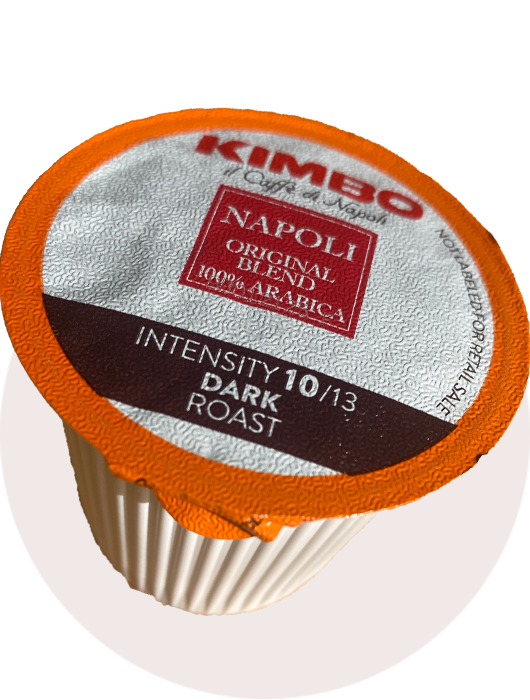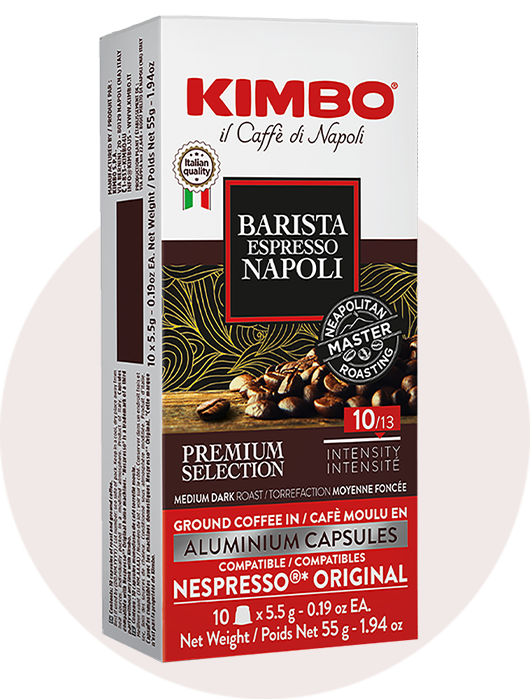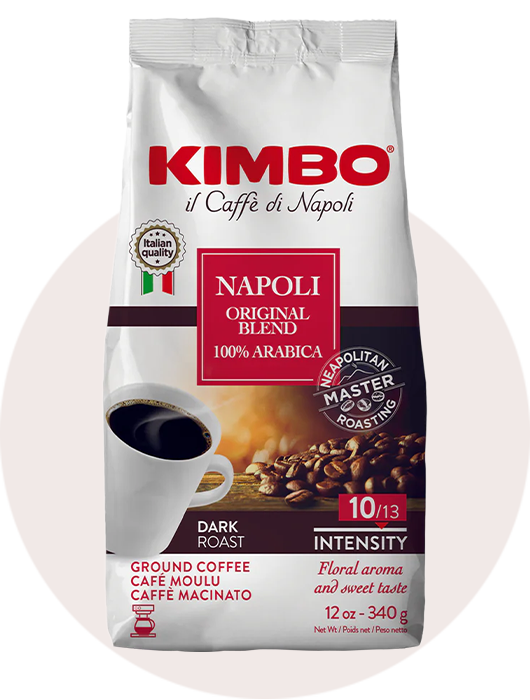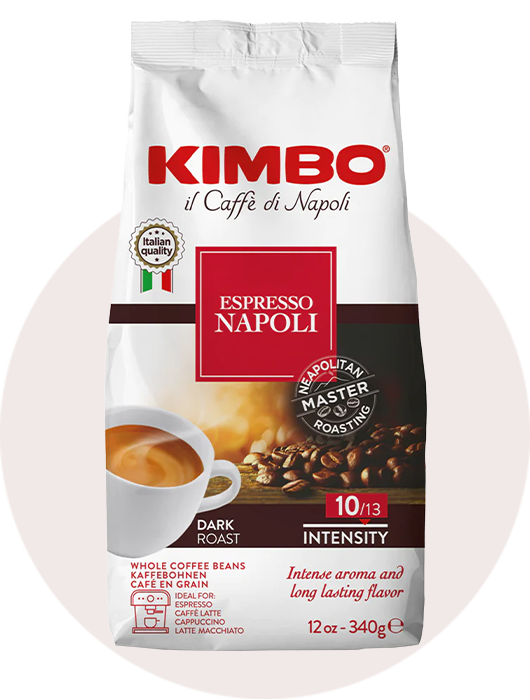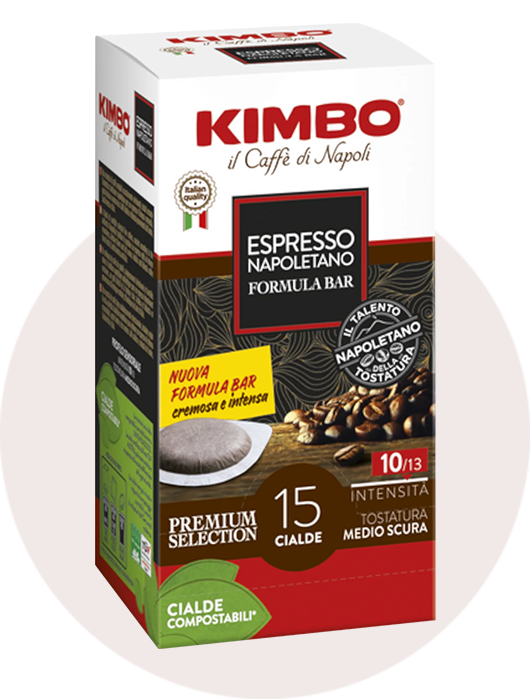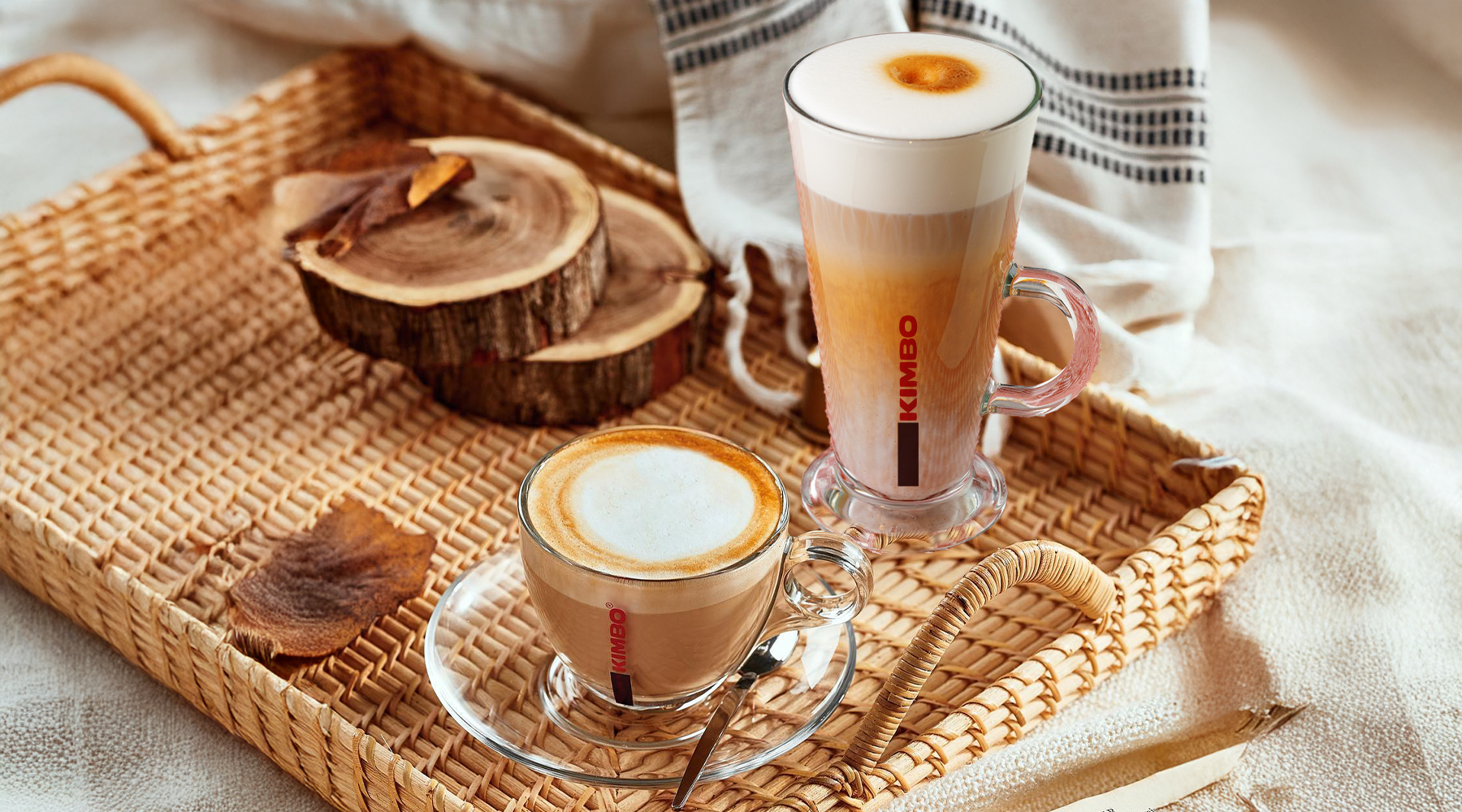Coffee drinkers often swap stories about ordering a cappuccino and walking away with what looks—and tastes—like a caffè latte. The mix-ups happen in busy cafés, drive-thrus, and even at home. Here’s a clear, barista-level guide that slices through the confusion.
Espresso: The Common Denominator
Every latte or cappuccino starts with a double shot of espresso—about 36 g pulled in 25-30 seconds at 9 bar. That caramel-colored crema carries the oils, acids, and sugars that give both drinks backbone. Mess up the shot and the milk can’t save the cup.
Drink Architecture
Latte Formula
-
Ratio 1 part espresso → 2 parts steamed milk → capped with a light layer of foam (≤ 1 cm).
-
Glassware 8–12 oz cup or glass.
-
Texture Silky from micro-foam that blends seamlessly into the liquid.
-
Taste Creamy, mellow, slightly sweet—milk dominates.
Cappuccino Formula
-
Ratio 1 part espresso → 1 part steamed milk → 1 part foamed milk.
-
Cup 5–6 oz porcelain (Italy) or 6 oz to-go cup (elsewhere).
-
Texture Velvety top, lighter body below.
-
Taste Bolder espresso punch, cocoa notes often amplified by a dusting of chocolate.
Milk Science in Plain English
|
Target |
Latte |
Cappuccino |
|
Stretch (volume gain) |
25-35 % |
40-50 % |
|
Finish temp |
55-60 °C |
60-65 °C |
|
Bubble size |
Micro (< 0.5 mm) |
Micro + small macro |
Higher-protein milks—like skim or oat—foam easily. Whole milk brings body. For latte art you need micro-foam; for cappuccino you want a denser cap with some air pockets.
Taste, Aroma, Mouthfeel
-
Latte: Milk sugars mute acidity. The drink coats the palate like warm custard.
-
Cappuccino: Less milk, more air. Aromas hit first, then a quick, strong espresso finish.
-
Which is stronger? Caffeine is the same (roughly 160 mg in a 355 ml cup), but perception differs—cappuccino feels stronger because milk dilutes it less.
Nutrition Snapshot (whole milk, double shot)
|
Drink |
Calories |
Protein |
Fat |
Carbs |
|
Latte (12 oz) |
~210 |
13 g |
8 g |
20 g |
|
Cappuccino (12 oz) |
~135 |
9 g |
5 g |
14 g |
Swap to almond to drop calories; choose oat for a frothier vegan option.
Story and Culture
Cappuccino earned its name from the brown hoods of Capuchin monks and became Italy’s breakfast staple just after World War II. Local tradition stops serving it past 11 a.m.
Latte (or café latte) rose to fame in 1950s Berkeley. American palates wanted espresso but with more milk. Baristas obliged, paving the way for vanilla, caramel, and hazelnut waves—and the modern latte art craze.
Common Variants at a Glance
|
Drink |
Quick Definition |
|
Flat white vs latte |
Flat white = 1 : 1.5 espresso to milk, micro-foam only. |
|
Latte macchiato vs latte |
Macchiato’s milk goes in first; espresso “stains” the top. |
|
Cappuccino vs latte vs flat white |
All use espresso; proportions change strength and foam. |
|
Mocha vs latte |
Latte plus chocolate equals mocha. |
Picking the Right Cup
|
Situation |
Reach for |
|
Need a quick caffeine hit |
Cappuccino |
|
Long meeting, slow sipping |
Latte |
|
Dessert pairing |
Dry cappuccino (extra foam) |
|
Sweet craving |
Mocha latte |
Home-Barista Quick Guides
Latte (10 oz)
-
Grind 19 g coffee, pull 40 g espresso.
-
Steam 190 g milk, stretch 30 %.
-
Pour high, then drop pitcher and draw a heart.
Cappuccino (6 oz)
-
Grind 18 g, pull 36 g espresso.
-
Steam 90 g milk, stretch 45 %.
-
Swirl, layer milk, spoon foam dome, sprinkle cocoa.
Trouble with thin foam? Lower pitcher sooner and keep the steam tip just under the surface only until milk hits 37 °C.
Sustainable Sips
Oat milk cuts water use by roughly 80 % compared with almond. Reusable steel cups offset their production footprint after about two dozen café visits. Small changes, big impact for habitual coffee drinkers.
FAQ About What is the Difference Between Coffee Latte and Cappuccino
Is a cappuccino stronger than a latte?
Taste says yes; caffeine says tie.
Why does my cappuccino sometimes look like a latte?
Many shops steam one pitcher for both drinks. Ask for “dry” to nudge them toward stiffer foam.
Can I make latte art on a cappuccino?
Yes, but the thicker foam makes intricate patterns tough. Go for a simple heart or monks-head.
Latte or flat white—what’s richer?
Flat white uses less milk, so espresso shines brighter.
Conclusion
Sip confidently. Now you can spot the difference between latte and cappuccino from across the counter—no foam faux pas required.
